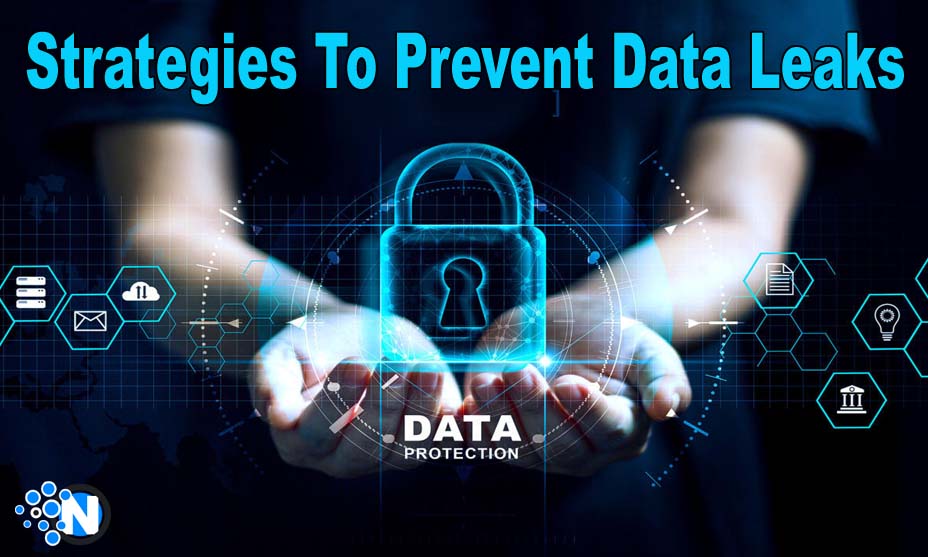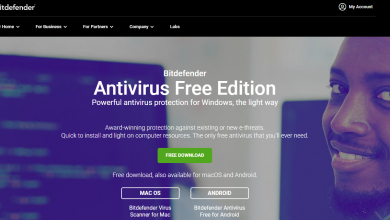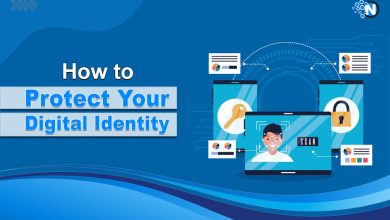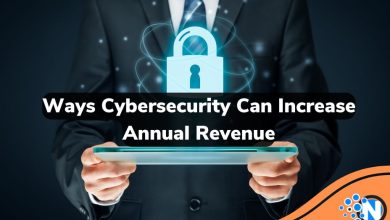Safeguarding Sensitive Information – Top Strategies To Prevent Data Leaks
With vast amounts of data increasingly interwoven into online commerce and communication worldwide, businesses must pay attention to how they secure their digital assets. Data leaks are increasingly prevalent and are one of the most daunting challenges in the digital era.
So what are data leaks exactly? The term refers to the unintended release or exposure of sensitive data to the public in transit, at rest, or in use. Here are some examples:
- Data transmitted via chat rooms, emails, and API calls
- Data is thrust into untrusted environments due to insecure databases, misconfigured cloud storage, or unattended devices.
- Data on printers, clipboards, USB devices, and screenshots
Data Leaks vs. Data Breach
The two concepts may sound similar, but they are not synonymous. A data breach is a security incident in which cyber hackers illegally access confidential information resulting from an external intrusion attempt. On the other hand, data leaks happen due to innocent human error or negligence and can lead to a breach.
How can Cyber Asset Attack Surface Management (CAASM) prevent data leaks?
CAASM is a modern-day cybersecurity solution that identifies, catalogs, and assesses digital assets so businesses can have unified and real-time visibility. In the context of data leaks, CAASM ensures data confidentiality and fortifies the digital walls to minimize the avenues by which data gets exposed.
Behind the Firewall: Exploring the Root Causes of Data Leaks
With digital borders expanding rapidly, robust security measures to protect confidential information have never been more paramount. By understanding the nature and sources of data leaks, businesses can implement effective cybersecurity strategies to combat them.
Here are the top reasons why data leaks occur:
1. Zero-Day Vulnerabilities
Did you know that 79% of critical infrastructure businesses do not employ a zero-trust architecture, increasing their risk of data breaches and scams?
A zero-day vulnerability is a software security flaw in a device or system unknown to those who are responsible for patching it — for example, the software vendor.
Because it is undisclosed, the vendor has had “zero days” to fix the vulnerability. Zero-day vulnerability can result in persistent threats, leaking undetected data for months before someone discovers them.
2. Misconfiguration Troubles
Businesses often have a complex IT infrastructure, which means there are more settings and configurations to manage and, therefore, more room for error. There have been numerous incidents where cloud storage buckets were left publicly accessible, thus exposing data.
Moreover, when permissions are inadequately set for access control or when databases do not have any passwords or have default passwords, that allows hackers to have unauthorized access to modify or delete data.
3. Social Engineering Attacks
Research shows that 98% of cyberattacks rely on social engineering. This involves using techniques or methods to manipulate an individual into divulging confidential data or performing a specific action for insidious reasons, thereby enabling data leakage.
An example of social engineering is a hacker calling an employee to request login credentials under the pretense of reinforcing access due to a critical internal issue while impersonating an IT technician!
4. Legacy Techniques and Tools
Most businesses use legacy technologies, such as laptops and personal computers, printers, USBs, fax machines, and so on, in addition to cloud-based solutions and SaaS offerings.
While these physical devices perform legitimate actions, they often lack the security features of a modern tool. This gap makes them more susceptible to breaches if they do not receive security patches regularly.
Moreover, there is a case of physical theft of these devices. For instance, an employee could misplace a USB or forget their laptop in an obscure place, increasing the chances of a data leak if they fall into the wrong hands.
Seven Best Practices for Preventing Data Leaks
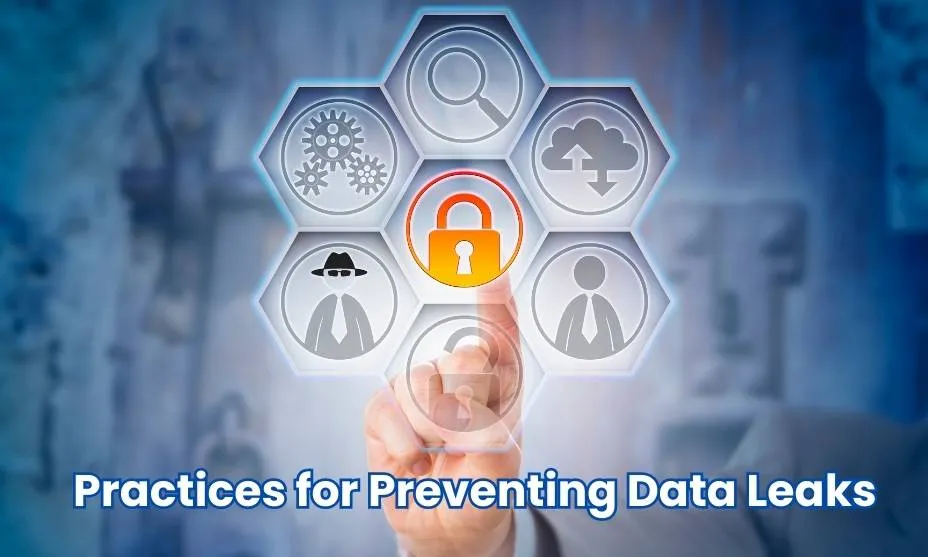
While it is impossible to eradicate the risk that comes with data exposure, you can minimize it by taking the following steps:
1. Identify and Locate your Data
Every business should know where they store their most sensitive data. If you do not know where your critical digital assets reside, you obviously cannot put measures to protect them. Therefore, quantify the number of data assets and take stock of the storage locations.
Establish a universal data coding standard to correct label confidential records for everyone in the business. Use a Data Loss Prevention (DLP) solution to help you ensure that sensitive information such as Intellectual Property (IP) and Personally Identifiable Information (PII) does not get outside the corporate network or to a user without access.
2. Implement Robust Endpoint Protection
Endpoints are devices like servers, workstations, and APIs connected to your network that enable data transfers.
As many businesses follow a hybrid working model, they have to deal with a growing volume of endpoints exposing their network to the internet and increasing the chances of a security risk.
Cyber hackers can easily breach the network if you do not have adequate measures for securing all endpoints. Here is how you can prevent this:
- Install an endpoint security solution to safeguard devices against malware, viruses, and other harmful programs.
- Apply Content Disarm and Reconstruction (CDR) to your email systems to remove malware or Trojans from documents before forwarding them to employees.
- Define user roles and permissions on a micro-level, and follow the Principle of Least Privilege (PoLP), whereby users are given the minimum levels of access necessary to perform their activities.
- Deploy a Zero Trust model to ensure no trust is established by default and verify every request or communication as though it originates from an open network.
- Whenever an employee leaves, remove their access to any systems, files, or software. This also includes repossessing company equipment and deactivating critical online accounts.
3. Simplify and Secure Access Permissions
This activity is different from implementing PoLP. While privileged access management is essential from a cybersecurity standpoint, the workflow that determines each user’s access levels should be easy to follow.
It is, therefore, essential to audit which individuals and teams have authorized access to sensitive data. This includes periodically evaluating and updating protocols based on current business requirements and discarding redundant steps or permissions to enhance efficiency.
Streamline the access permission workflows to track user access levels more effectively and maintain a robust security posture.
4. Protect Data with Encryption
Data encryption converts critical data into a different code or format so only users with decryption keys or valid passwords can access it.
Use a reputable encryption algorithm such as RSA (Rivest-Shamir-Adleman) or AES (Advanced Encryption Standard) for this task. Make sure you store the keys in a secure location only accessible by authorized personnel in your business.
5. Conduct Regular System Audits
Cyber hackers access business data through vulnerable software, devices, and applications. Fix or patch these security gaps before they become an issue by conducting regular assessments and identifying associated risks.
Additionally, set specific security protocols that define who has access to what data, how data is moved and stored across multiple locations, and the level of protection any asset or data requires. Keeping a close eye on your systems can help prevent data leaks.
6. Adopt Multi-Factor Authentication (MFA)
MFA is a technique that necessitates the user to provide two or more verification factors to gain access to a digital asset, such as an online account, application, or VPN. Should an employee fall for a phishing scam, MFA acts as a safety net and plugs the potential data leak.
It prompts a potentially manipulated employee to seek additional verification before sharing confidential information, thereby adding an extra layer of security.
7. Educate your Employees
A data leak prevention strategy should primarily focus on training the most significant threat to a business — employees. Anyone can make a mistake while handling data but those mistakes can cost a business their reputation and bottom line.
Therefore, to stop your employees from falling for common social engineering attacks, such as phishing, tailgating, and baiting, educate them on ways to recognize when a scam is taking place accurately. Conduct periodic seminars and workshops on cybersecurity awareness.
In Conclusion
Data leaks can range from a devastating reputation and/or financial blow to a mild embarrassment. Either way, they are a cause of concern and must be tackled head-on. Therefore, prioritize CAASM, establish robust access controls, perform regular audits, and emphasize proactive incident response planning.
At the end of the day, in the fight against data leaks, preparedness, vigilance, and adaptability are the most valuable weapons.

